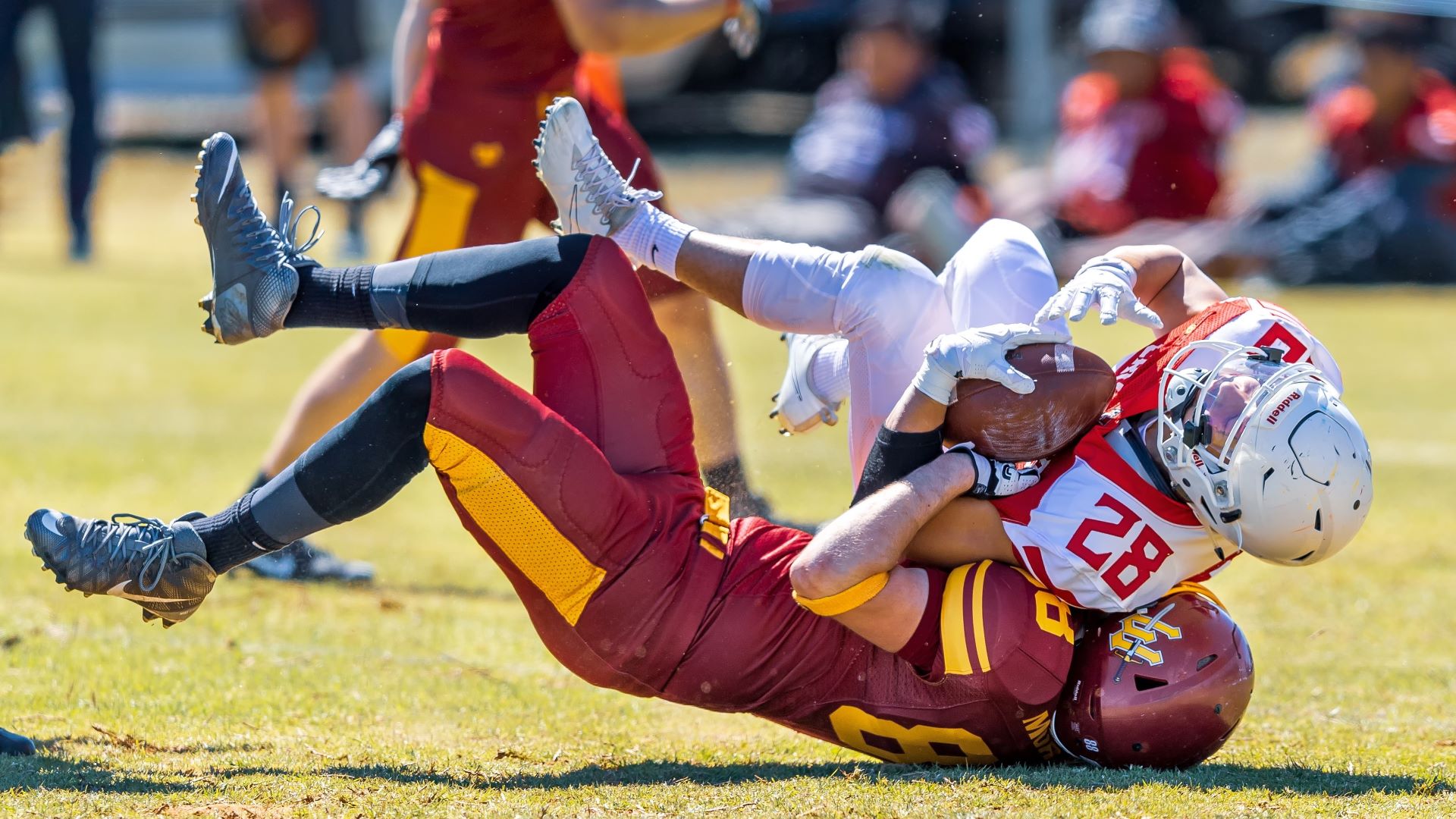The Lamen
🏈 Elite football athletes are extremely vulnerable to Parkinson’s

With chronic traumatic encephalopathy (CTE) being diagnosed in over 90 percent of NFL athletes, new research suggests that it makes the athletes significantly vulnerable to Parkinson’s disease.
Photo: John Torcasio/Unsplash
CTE, or chronic traumatic encephalopathy, is a degenerative brain disease common in people with a history of repetitive brain trauma — something that has haunted contact sports for decades.
Data-driven: According to new research, men who play organized tackle football are at higher odds of developing Parkinson’s or Parkinson’s-like symptoms — with a longer duration or higher level of career associated with greater odds.
- The researchers examined 1,875 men playing any organized sport, of which 39 percent of the participants reported playing football.
- Participants with a history of playing football were associated with a 61 percent greater risk of having “a reported Parkinsonism or PD diagnosis.”
- Those who played at a higher level were 2.93 times more at risk, reported the study.
- Researchers note that the limitations of the study include that 98 percent of the participants were white, the eligibility criteria were limited, and the observations were self-reported.
- However, they add that comparing other comparing football players to different sports is a strength of the study.
Conventional wisdom: Parkinson’s disease (PD) is a neurodegenerative disorder with an estimated 90,000 new cases diagnosed in the U.S. each year — most likely in individuals aged over 65.
- With no cure, Parkinson’s can only be managed with medications to keep the symptoms from getting worse.
- Young-onset Parkinson’s disease (YOPD) has become increasingly common as a consequence of the brute-force violence that comes with a football career.
- The first evidence of the connection between CTE and concussions experienced during football came when a brain tissue pathology of retired NFL player Mike Webster was published in 2005.
- A study that surveyed 202 former football players in the U.S. found that 87 percent of the players showed diagnostic signs of CTE, and the number increased to 99 percent for former NFL athletes.
Researchers note that since Parkinson’s can manifest in these athletes even a decade after retirement — suggesting the use of brain imaging tests and biomarkers for earlier detection of the condition.
Symptoms of Parkinson’s develop slowly over the years, with early signs including:
- tremors
- loss of smell
- problems with movement
- dizziness or fainting
- masked face
As the condition progresses, patients have great difficulty standing or moving and may experience hallucinations, sleep disorders, anxiety, and depression.
What’s next: Even as companies continue to dish out better helmets, experts criticize their protective benefits — suggesting that sport-wide regulations and better management of concussions would be the best approach.
Already having pledged $200 million to support “independent medical research and engineering advancements” to make the game safer, the NFL will also mandate the use of Guardian Caps, and improve athlete monitoring while “finding a language that mitigates unintended consequences.”